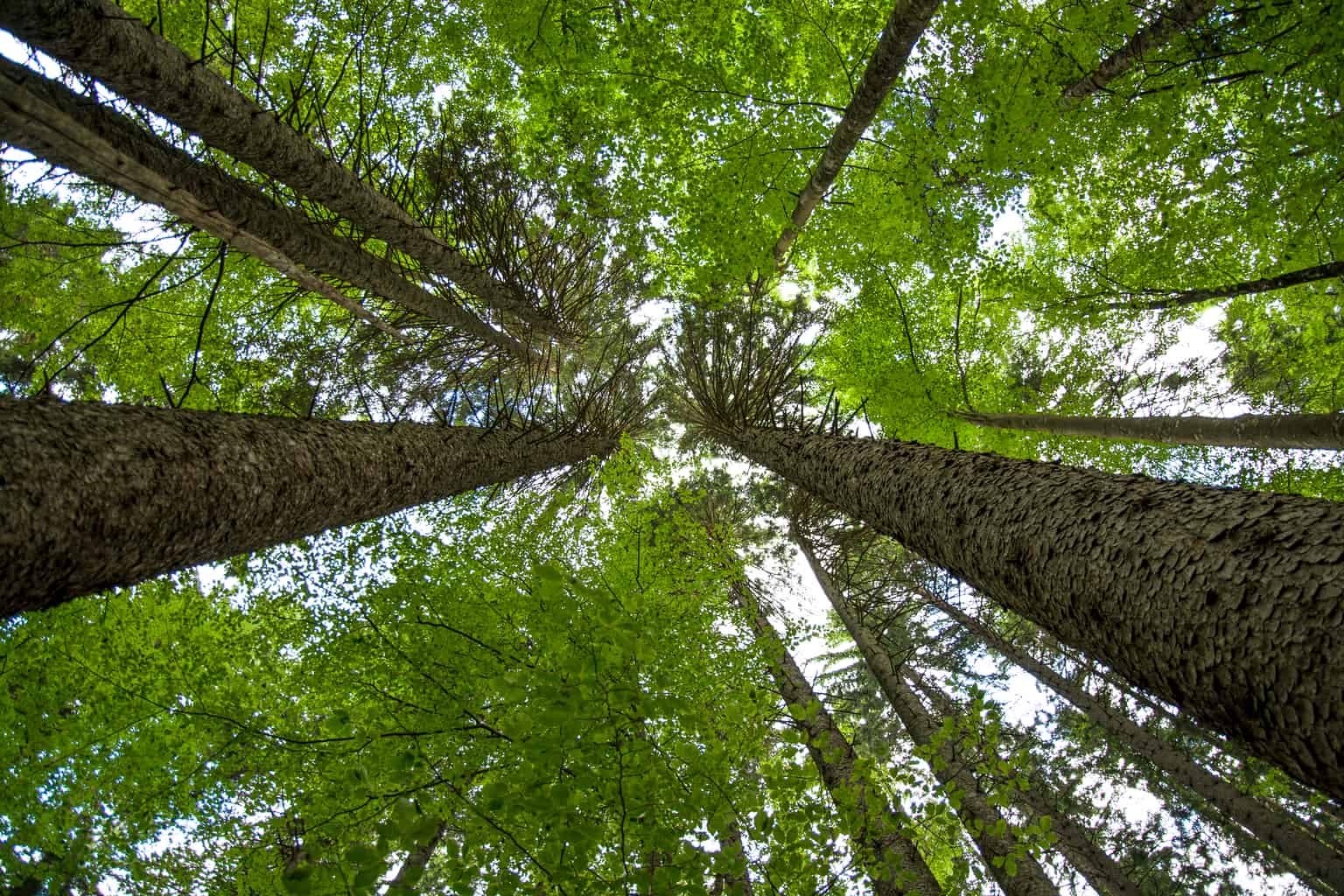When, in 1970, Joni Mitchell sang about how “you don’t know what you’ve got till it’s gone/They paved paradise/And put up a parking lot”, she was way ahead of her time.
The world’s economies ploughed on regardless in a headlong rush for ever greater development. Here in the UK, we have now reached the stage where the construction industry is directly associated with 10% of the country’s carbon dioxide emissions; and is the generator of 32% of all landfill waste.
Only now, nearly half a century after Joni’s lament, is the realization dawning in the construction world that buildings and the processes used to create them – such as scaffolding – need to be sustainable i.e. we need to be able to meet current demands for housing and office space whilst at the same time supporting the environment in the long term.
Websites abound that give advice on strategies as how to reduce the level of CO2 that is produced during construction. There is research into exciting technical innovations such as self-healing concrete. But optimizing the use of less polluting existing materials is an obvious step that can be taken immediately to aid in greenhouse gas removal.
The Government’s Clean Growth Strategy states it will work with industry to increase the amount of “timber used in construction, creating a conveyor belt of locked-in carbon in our homes and buildings”.
And therein lies the clue: when it comes to scaffolding and responsible procurement, your best eco-friend is the humble scaffold board.
Sustainability, rather than exploitation and depletion, is a key factor in the timber industry. In his book Sustainable Use of Wood in Construction, Jim Coulson points out that in the managed softwood forests of Europe and North America, trees are planted on a ‘three for one’ basis. Thus, for every one harvested tree, three more are planted. And indeed, in the Czech Republic – a source of high-quality lumber – the principles of renewable forest management have been applied since the 18th century.
During its life cycle, a European spruce spends its growing life absorbing carbon dioxide. When it is felled to become a scaffold board, three other trees get planted and the board becomes a store of locked-away carbon. And at the end of its use on a scaffold, it can recycled into furniture or raised garden beds; or chipped and used to generate biomass power.
To check that your boards are coming from sustainably managed forests is easy: they need to come with Chain of Custody. Your supplier should be able to give you their certificate and you can check its validity on the PEFC and FSC websites. But please note – to meet the UK government’s Timber Procurement Policy, purchasers of wood must not specify one or other of these schemes – they must simply stipulate ‘Chain of Custody Certified Timber’ because both PEFC and FSC are deemed to provide equal and valid proof of sustainable sourcing.
Having satisfied yourself that you are buying a carbon-neutral material from a regulated source, the next consideration is the safety of your scaffolders and other site workers. Have the scaffold boards – that workers will be treading on at height – been made to BS 2482:2009? And have they been strength-graded, not merely X-rayed? The boards should be being passed through a Cook-Bolinder or Computermatic stress-grading machine. These machines, unlike an X-ray machine, will detect any problems with slope of grain or compression wood and reject the boards accordingly.
If you follow the steps outlined above, you will have a safe and sustainable platform from which to work. And your company will have helped in a small way to save, not pave, paradise.
This article was first published in ScaffMag Issue 6
